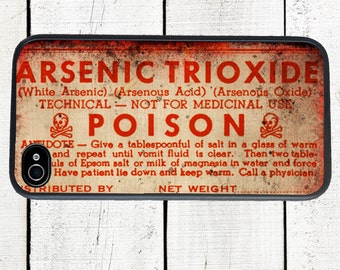
Arsenic Poisoning Part-4
How is arsenic poisoning diagnosed?
There are rapid urine "spot" tests available to diagnose elevated levels of arsenic, but they usually don't distinguish between organic and inorganic arsenic. The patient's blood and urine will be sent for analysis for arsenic; a result of > 50 micrograms/L is considered elevated, but acute toxic exposures may result in levels 5 to 100 times or more than those which are considered "elevated." A speciation test (determines levels of inorganic versus organic arsenic) is required in all cases in which total urine arsenic is elevated since inorganic arsenic is so toxic. Electrocardiograms (ECG, EKG) and nerve conduction tests are often done in any type of suspected arsenic exposure. Tests for other toxins or toxic overdoses (for example, Tylenol ingestion) may also be done.
No comments:
Post a Comment